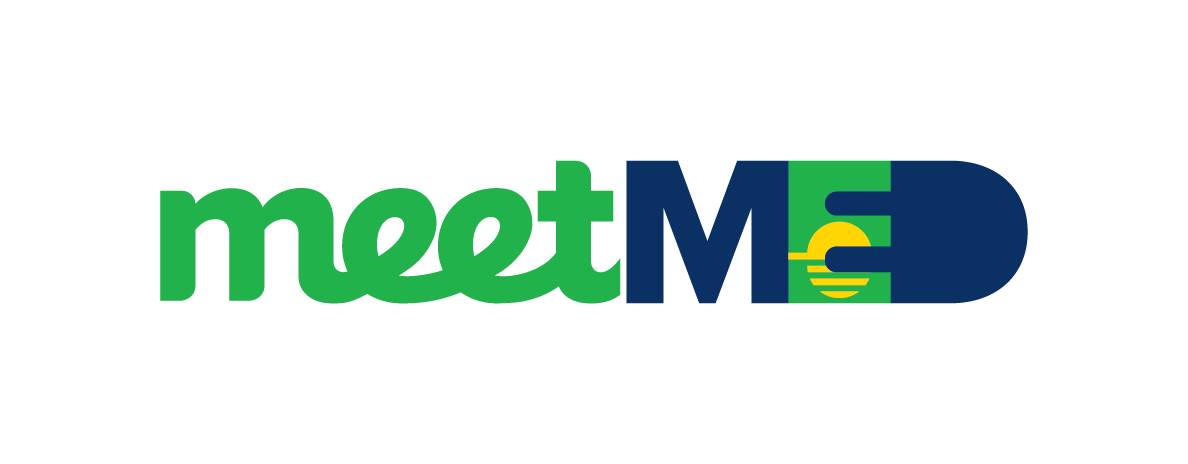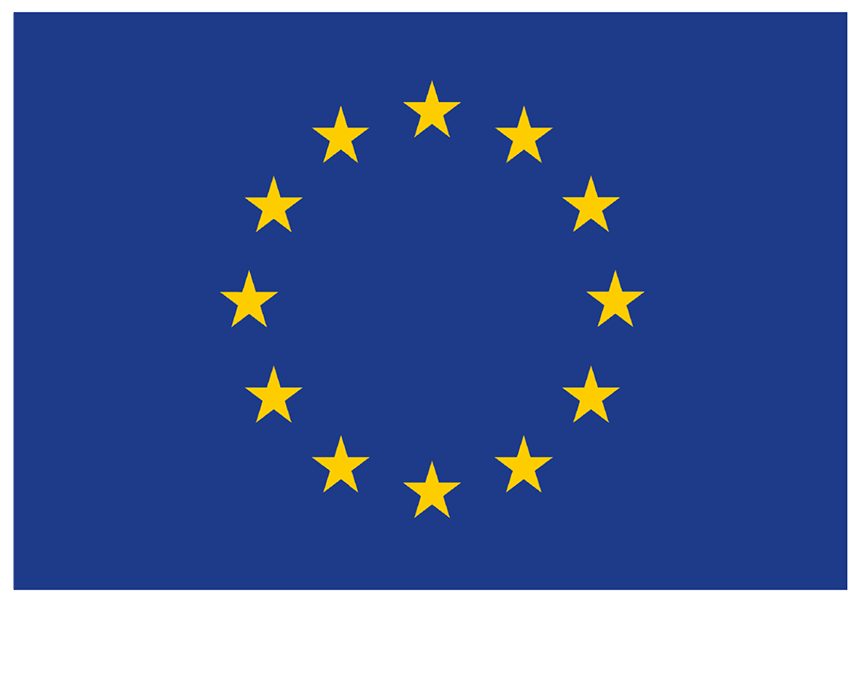Guidelines
WEEE Management Guidelines
- Policy Framework (/manual/policy-framework)
- Infographic: Flowchart of an effective WEEE policy framework.
- Comparison Table: Examples of WEEE laws in different countries.
 Norway has a strict EPR framework, where electronics producers are financially responsible for collecting andrecycling end-of-life products. This has resulted in one of the highest WEEE collection rates in the world.
Norway has a strict EPR framework, where electronics producers are financially responsible for collecting andrecycling end-of-life products. This has resulted in one of the highest WEEE collection rates in the world. - Institutional Roles & Responsibilities )(/manual/institutional-roles
Overview
Successful WEEE management requires collaboration between government agencies, producers, recyclers, and consumers.
Key Stakeholders & Their Responsibilities
Government Authorities – Develop policies, monitor compliance, and provide infrastructure.
Producers & Importers – Finance recycling programs and ensure proper disposal.
Retailers & Distributors – Implement take-back schemes for used electronics.
Municipalities – Manage collection centers and support public awareness.
Recyclers & Treatment Facilities – Ensure proper dismantling, material recovery, and hazardous waste treatment.
Example of Success:
 Sweden enforces a shared responsibility model, where producers, municipalities, and the private sector collaborate to ensure high e-waste collection and recycling rates.
Sweden enforces a shared responsibility model, where producers, municipalities, and the private sector collaborate to ensure high e-waste collection and recycling rates.
Visual Elements:
- Organizational Chart: Showing roles of key stakeholders.
- Interactive Flowchart: Mapping the responsibilities of different entities.
- Collection Systems (/manual/collection-systems)
Overview
A well-organized WEEE collection system is essential to ensure proper recycling and prevent illegal disposal.
Key Collection Methods
✔ Retail Take-Back Schemes – Consumers return old electronics when purchasing new ones.
✔ Municipal Collection Points – Public drop-off locations for e-waste.
✔ Producer-Run Collection Networks – Recycling programs operated by manufacturers.
✔ Incentivized Collection – Offering financial rewards for returning WEEE.
Example of Success:
 Denmark has a nationwide take-back system, where retailers are required to accept old electronics for free, ensuring high collection rates.
Denmark has a nationwide take-back system, where retailers are required to accept old electronics for free, ensuring high collection rates.
Visual Elements:
- Infographic: Comparing different WEEE collection systems.
- Interactive Map: Showing locations of collection points.
- Sorting, Recycling & Disposal (/manual/recycling-disposal)
Overview
Proper sorting, recycling, and disposal of WEEE reduces environmental risks and maximizes resource recovery.
Best Practices in Recycling & Disposal
- Pre-Sorting at Collection Points – Separating hazardous and non-hazardous components.
- Advanced Recycling Technologies – Using automated sorting and metal recovery methods.
- Safe Disposal of Hazardous Materials – Ensuring proper handling of toxic substances like lead and mercury.
Example of Success:
 Switzerland uses advanced e-waste recycling facilities that recover over 95% of materials, reducing landfill waste significantly.
Switzerland uses advanced e-waste recycling facilities that recover over 95% of materials, reducing landfill waste significantly.
Visual Elements:
- Recycling Process Diagram: Step-by-step flow of WEEE recycling.
- Comparison Chart: Efficiency of different recycling techniques.
- Financial Mechanisms (/manual/financial-mechanisms)
Overview
Financial sustainability is key to ensuring long-term success in WEEE management.
Common WEEE Financing Models
✔Extended Producer Responsibility (EPR) – Producers finance e-waste collection and recycling.
✔Eco-Tax on Electronics – A fee added to the price of new electronics to fund recycling programs.
✔Public-Private Partnerships (PPPs) – Collaboration between governments and businesses to share costs.
Example of Success:
 Sweden has an eco-tax system where consumers pay a small fee when purchasing electronics, which funds the national e-waste recycling program.
Sweden has an eco-tax system where consumers pay a small fee when purchasing electronics, which funds the national e-waste recycling program.
Visual Elements:
- Diagram: Flow of funds in an EPR-based system.
- Case Study: How financial incentives boost recycling rates.
- Awareness Campaigns (/manual/awareness-campaigns)
Overview
Public awareness is crucial for increasing WEEE collection rates and preventing improper disposal.
Best Practices for Awareness Campaigns
✔Social Media & Digital Campaigns – Engaging content on responsible e-waste disposal.
✔School & Community Programs – Integrating e-waste education into curricula.
✔Industry & Retailer Initiatives – Encouraging businesses to promote take-back programs.
Example of Success:
 Norway runs national WEEE awareness campaigns, which have resulted in one of the highest consumer participation rates in e-waste recycling.
Norway runs national WEEE awareness campaigns, which have resulted in one of the highest consumer participation rates in e-waste recycling.
Visual Elements:
- Infographic: Components of an effective awareness campaign.
- Campaign Examples: Posters and social media templates.
- Monitoring & Evaluation (/manual/monitoring-evaluation)
Overview
Monitoring and evaluation ensure continuous improvement in WEEE management policies.
Key Performance Indicators (KPIs)
✔Collection Rate (%) – Amount of WEEE collected per capita.
✔Recycling Efficiency (%) – Percentage of recovered materials.
✔Policy Compliance (%) – Adherence to national and international regulations.
Example of Success:
 Switzerland has a real-time monitoring system for tracking WEEE collection, treatment, and recycling, ensuring data-driven policy decisions.
Switzerland has a real-time monitoring system for tracking WEEE collection, treatment, and recycling, ensuring data-driven policy decisions.
Visual Elements:
- Dashboard Mockup: Example of a WEEE data tracking system.
- Performance Chart: Illustrating WEEE collection trends over time.



